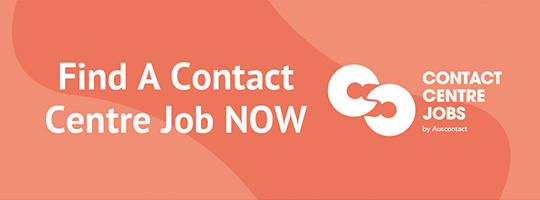THE TECTONIC SHIFT CAUSED BY A GLOBAL PANDEMIC
BY SIMON KRISS
COVID-19 has changed the entire world and its impact on the global contact centre industry is most closely akin to a tectonic plate shift of the earth’s crust.
Traditionally, contact centres have been renowned as one part of an organisation that will stay firmly operating as they always have, a person in an office, at a desk, with a headset. The work might change, there might be some new tech, however conceptually the contact centre has remained the same for the last 20 years.
However, in 2020 all of that changed as the pandemic and lockdown restrictions drove a sudden corporate shift in views around work from home, from “it cant be done” to “how do we make this work”. This should not really surprise us though, humans have a history of avoiding change until there is no choice, and the life impacts driven by COVID have not really been felt at a global individual level since the second World War.
Let’s explore a few of the changes that have taken place, both here in Australia and internationally, since 2020.
Strategy
A massive shift in the industry has been the rise to prominence of the contact centre function and the value they deliver on behalf of an organisation. Until recently many contact centres shared that they felt like a ‘poor cousin’ or ‘the corporate dumping ground’.
With many organisations increasing their focus on digital adoption, it was soon realised there was considerable effort and support required to make this viable. For many organisations, digital solutions fell short of providing an end-to-end customer journey. Contact centres stepped in, supporting customers to channel shift where they could, and filling the gap for where there were no alternate digital solutions.
The added complexity was that customer needs were also changing, the external environment challenged everything organisations knew and had built around historic customer personas. The contact centre rose from a tactical business unit to a strategic one overnight, taking a ‘seat at the grown-ups table’ and influencing organisational decisions.
Technology
Technology vendors made handsome profits through COVID. Many companies caught with demising on-premise solutions suddenly had to pivot to cloud based solutions to support mobile working.
COVID also saw the single biggest period of investment in automation technologies such as voice-bots, conversational AI and more. These investments had been on the contact centre manager’s Santa list for years and suddenly, budget was available (and all it took was a global pandemic!)
Workforce Management
There are not too many WFM Managers left that still have their sanity post COVID. Prior traffic models were rendered useless in a world where customer behaviour changed daily. Nothing like locking down a major city to change the way in which people utilise contact channels. Some business soared with traffic while others floundered and struggled to remain viable.
I watched call traffic change based on what the Victorian Premier wore when addressing the State. If it was casual clothes, we were alright, but if he wore his suit then we were going into lockdown again and the phones lit up like a Christmas tree.
The knock-on effect, of course, is that call traffic patterns of the last 3 years need to be almost ignored when building future forecasts. Whilst some organisations are taking a breath and looking to identify their last ‘normal’ year, some would say that customer behaviour and expectation has now fundamentally changed forever.
Location & WFH
The concept of large, centralised contact centres in capital cities is no longer valid. Ignoring the lowest unemployment rate in many decades, recruiting in capital cities has become almost untenable at entry level wages for frontline agents. Similarly balancing home and family, and minimising that daily commute is driving potential employees to look for something more. We are seeing creative solutions involving smaller hubs (and even shared centres) in regional tier 3 locations, along with a re-think of ‘why we care’ where people sit when they work.
The most searched term on SEEK is work-from-home and this feature has moved from being a ‘benefit’ to being a hygiene factor for people applying for roles. Oddly though, even in the light of such fundamental industry upheaval, many corporates and governments are trying to continue as if nothing has changed and push staff to return to the office on a full-time basis.
In an interesting twist, although the majority (note: not all) of staff want to work from home, they also miss the interaction with others and report feeling lonely and disconnected from the business. Thus, the emergence of hybrid models where choice is available, are yielding results when it comes time to recruit.
People
The change for our people has been so profound that it is important to acknowledge that we won’t ever return to that pre pandemic world we all knew.
Careers have given way to lifestyle choices for many, often driving a significant migration of people (especially families) from the burbs to regional locations serviced by a major trainline, and a migration away from wanting to work a 40 hour week to something closer to 25 or 30 hours.
The lifestyle choice also extends to the company and its cause. Staff are seeking a value proposition from their employer and the tables have turned from the employer saying, “why should employ you” to candidates asking, “why should I work for you”. Culture and employer / employee value match has never been more important.
Induction training has also gone through upheaval as traditional models based on 4-weeks in the classroom became unraveled. After all, who wants to sit in front of Zoom for 4 weeks?
There is so much more that we can unpack here, including the impact to cyber security controls and so much more. Needless to say …. Tectonic level change.










Comments are closed.